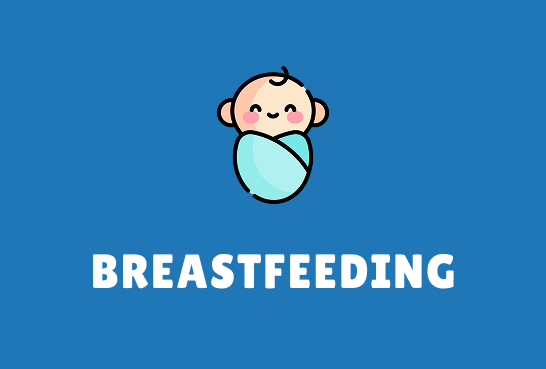ABOUT US
Physical Activity
Physical activity helps children build confidence, develop motor skills, and grow strong. It also supports overall physical, mental, and emotional well-being, laying the foundation for a lifetime of healthy habits.
4 AREAS OF FOCUS
Physical Activity Recommendations for Young Children
Early care and education (ECE) programs can support young children in being physically active throughout the day by following the recommended physical activity practices listed below.
While being in an ECE setting, children should have space for both inside and outside active play.
Many ECE programs may not have a large indoor or outdoor space to provide physically active games and activities.
When setting up a small area for physical activity, use what you have to create a designated space for each child to move in. Poly spots or cones can work well for this, but you can also use the space behind a chair, or ask each child to create their own “bubble”.
Make sure children attending the ECE program are getting the recommended time to be physically active.
Infants should have many opportunities during the day for supervised tummy time.
What is tummy time? - Tummy time is when a baby is lying on their stomach for brief periods while awake. This helps strengthen the muscles needed for rolling over, crawling, and walking.
For infants, it is recommended to limit the time they are held in containers. Containers include: car seats, immobile activity centers, bouncers, and strollers.
Toddlers are recommended to have 60-90 minutes during the childcare day for various forms of physical activity.
Preschool-age children should have from 90-120 minutes of physical activity during the childcare day.
Withholding physical activity from a child should not be used as a punishment.
All children attending the ECE program should have between 2 to 3 opportunities for outdoor play (weather permitting).
Ensure children have weather-appropriate clothing for outdoor play.
Bring the classroom outside! Try bringing some of your daily routines (like circle time or story time) outside. Outdoor lessons and activities encourage children and adults to be more physically active.
Make sure there are areas of shade available in the outdoor space - having shade available can help children and adults stay active outside for longer periods of time.
ECE programs should inform families about physical activity and encourage it by including policies and guidance on physical activity in their handbook and take-home materials.
Want resources for meeting these best practices in your childcare program? Visit the Resource Page for ECE Providers!
STANDARDS FOR PHYSICAL ACTIVITY - CDC
The evidence-based practices outlined in this section are based on the high-impact obesity prevention standards (HIOPS) from the Centers for Disease Control and Prevention (CDC). These standards can positively impact the health and wellness of young children in ECE settings.
Learn More




